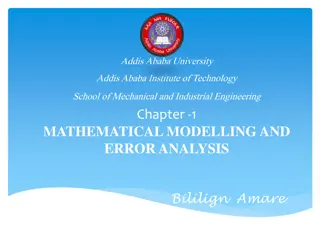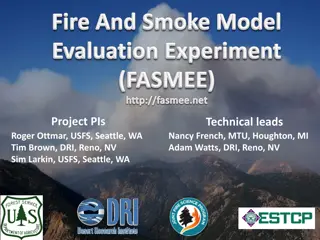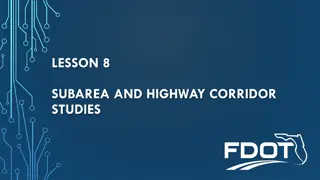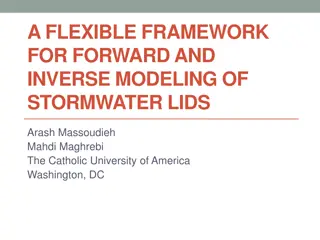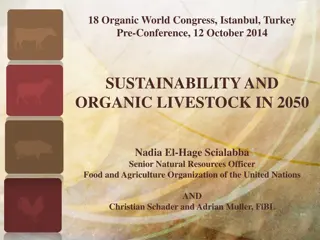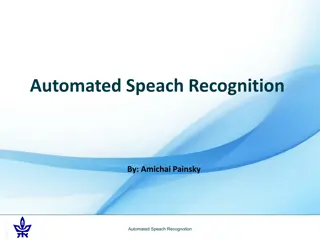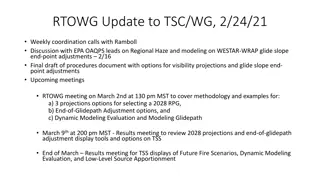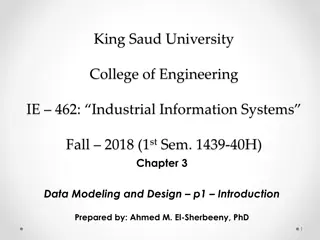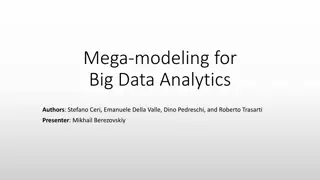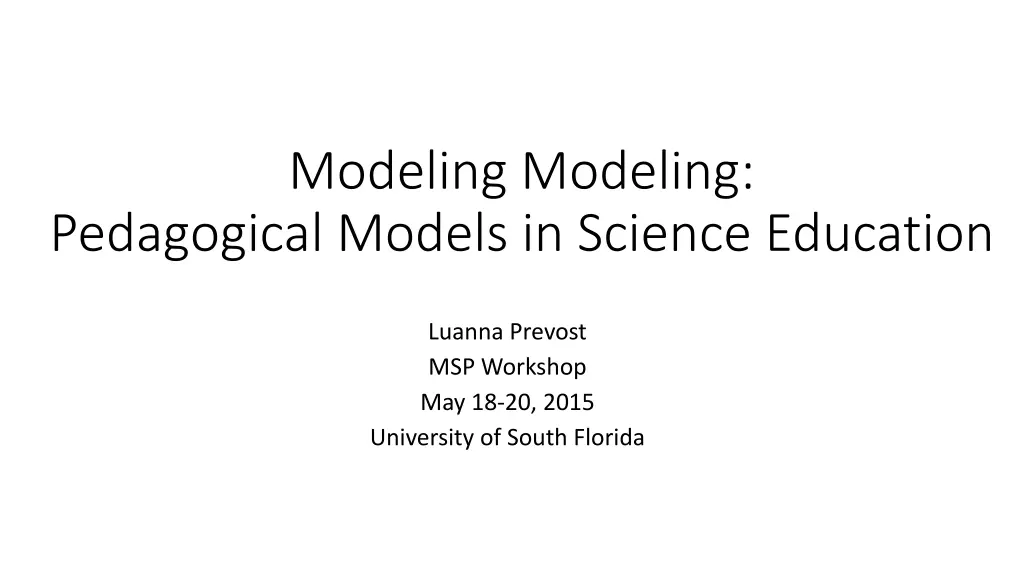
Understanding Pedagogical Models in Science Education
Explore how pedagogical models play a crucial role in science education, aiding in the process of building, using, and evaluating external representations of systems. Discover the significance of utilizing various model types to describe Earth's layers, investigate cellular respiration, and identify aerobic cellular respiration components. Overcome challenges such as simplifying complex models and translating multiple representations effectively.
Uploaded on | 0 Views
Download Presentation

Please find below an Image/Link to download the presentation.
The content on the website is provided AS IS for your information and personal use only. It may not be sold, licensed, or shared on other websites without obtaining consent from the author. If you encounter any issues during the download, it is possible that the publisher has removed the file from their server.
You are allowed to download the files provided on this website for personal or commercial use, subject to the condition that they are used lawfully. All files are the property of their respective owners.
The content on the website is provided AS IS for your information and personal use only. It may not be sold, licensed, or shared on other websites without obtaining consent from the author.
E N D
Presentation Transcript
Modeling Modeling: Pedagogical Models in Science Education Luanna Prevost MSP Workshop May 18-20, 2015 University of South Florida
Modeling The process of building, using and evaluating external representations of systems Authentic science practice An important constructivist teaching strategy
Why Models? Can be manipulated Simplify Can represent phenomena that are very large or very small Represent important components Focus attention Communicate ideas
Pedagogical Scientific Models Model Examples More Concrete Physical models Sink hole model; lunar phase model; models of chemicals (atoms & bonds) Drawings and figures Food web; photosynthesis; structure- behavior-function models Graphical representations Growth curve, Punnett squares Symbolic models Chemical formulas simulations Phet Simulations https://phet.colorado.edu/en/simulations/ category/by-level/middle-school More abstract Mathematical F=ma; P=VT; r =b-d
Which model type( s) would be appropriate for each of these standards? SC.7.E.6.1 Describe the layers of the solid Earth, including the lithosphere, the hot convecting mantle, and the dense metallic liquid and solid cores. SC.8.L.18.2Describe and investigate how cellular respiration breaks down food to provide energy and releases carbon dioxide. SC.912.L.18.8Identify the reactants, products, and basic functions of aerobic and anaerobic cellular respiration.
Which model category( categories) would be appropriate for each of these cases? 1. Describing the layers of the solid Earth 2. Investigating how cellular respiration breaks down food to provide energy and releases carbon dioxide. 3. Identifying the reactants, products aerobic cellular respiration.
Challenges for students Separating the model from reality Selecting the appropriate components Models may be initially very complex. Practice can help students simplify models Identifying limitations When using multiple representations, students may have difficulty translating or relating them E.g. physical moon phase model, vs. a sketch
Guiding questions What is the overall process/function that your model explains? What components are important to your model? What components are needed to explain this process/function? Building Models What components are represented in the model? Do the components allow you to explain this process/function? Do the components allow you to generate hypotheses about this process/function? What components are not represented in the model? What are some limitations of the model? Evaluating Models How are these two models similar/different? What hypothesis can you generate using one model but not the other? Comparing Models
References Dauer, J. T., Momsen, J. L., Speth, E. B., Makohon-Moore, S. C., & Long, T. M. (2013). Analyzing change in students gene-to-evolution models in college-level introductory biology. Journal of Research in Science Teaching, 50(6), 639 659. Harrison, A. G., & Treagust, D. F. (1996). Secondary students mental models of atoms and molecules: Implications for teaching chemistry. Science Education, 80(5), 509 534. http://doi.org/10.1002/(SICI)1098-237X(199609)80:5<509::AID-SCE2>3.0.CO;2-F Harrison, A. G., & Treagust, D. F. (2000). A typology of school science models. International Journal of Science Education, 22(9), 1011 1026. http://doi.org/10.1080/095006900416884 Leenaars, F. A., van Joolingen, W. R., & Bollen, L. (2013). Using self-made drawings to support modelling in science education. British Journal of Educational Technology, 44(1), 82 94.







